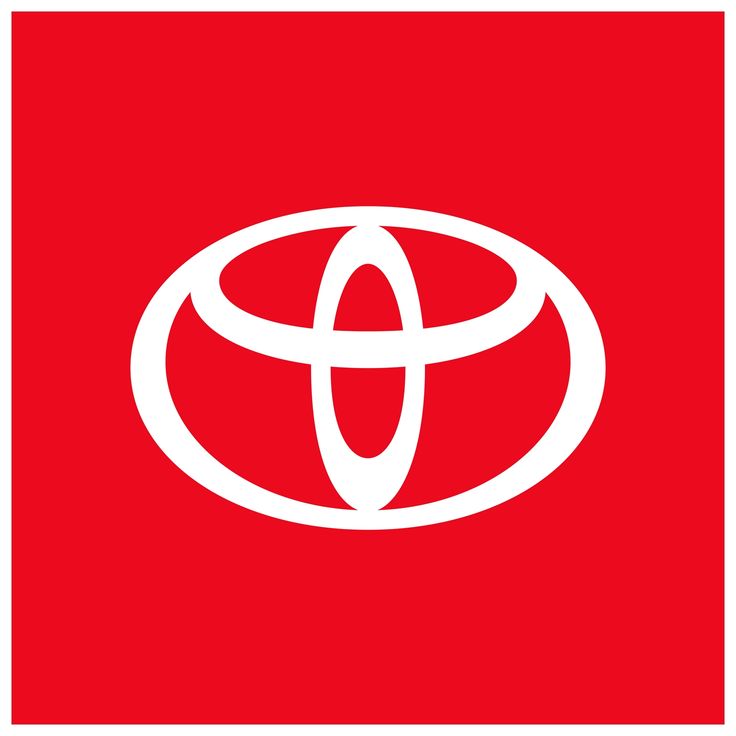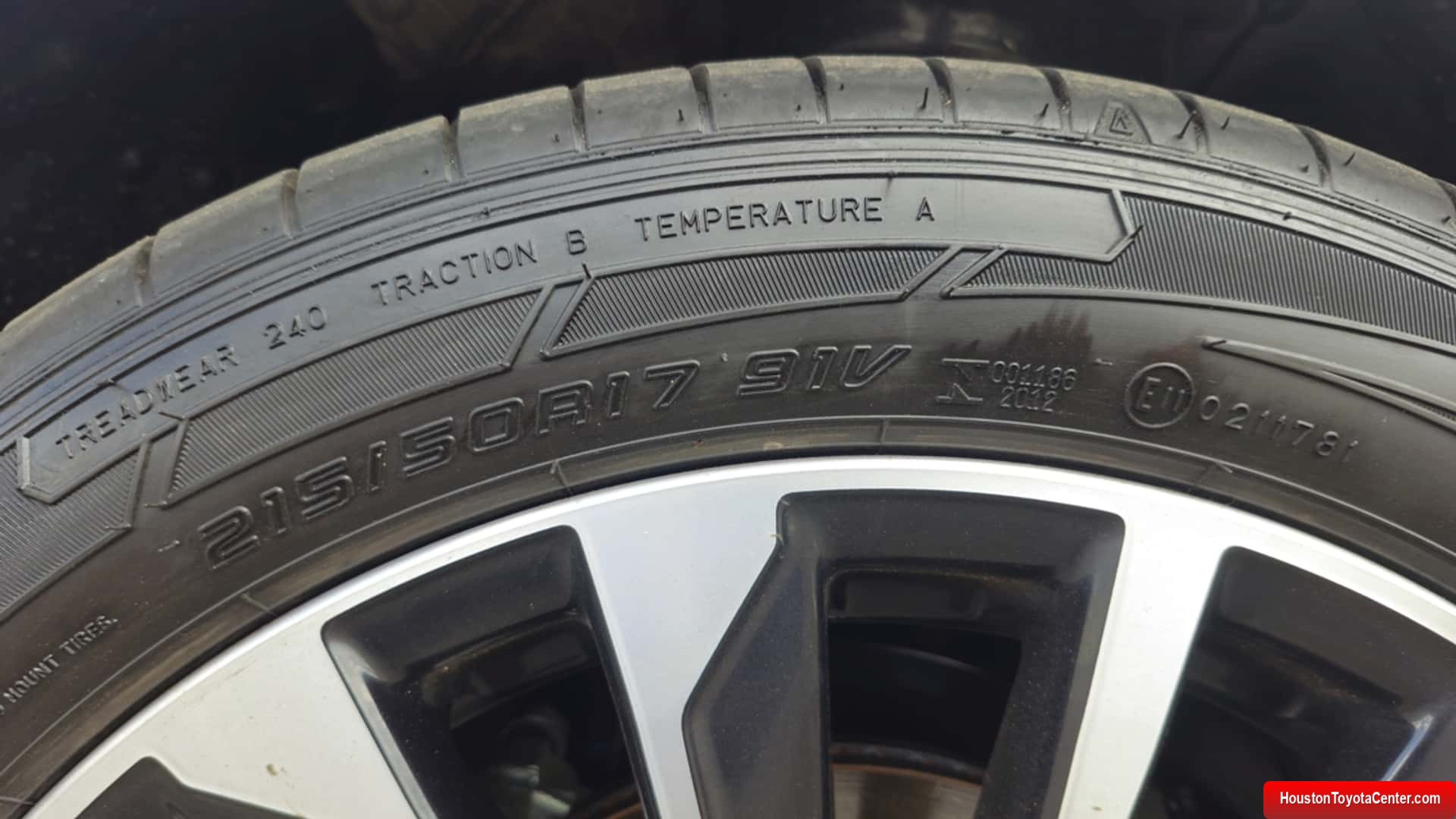Tires are the only point of contact between your car and the road, but they’re also among the most overlooked parts of a vehicle. Beyond affecting fuel consumption, safety, and comfort, each tire sidewall hides a “secret code” that tells you if it’s time for a replacement.
Understanding these alphanumeric codes and maintenance rules can save you money, prevent accidents, and extend tire life. Let’s break down what these markings mean and how to use them to your advantage.
🔎 Decoding Tire Markings
On your tire’s sidewall, you’ll likely see something like this: 205/55 R16 91V.
Each element has a precise meaning:
| Code | Meaning | Example (205/55 R16 91V) |
|---|---|---|
| 205 | Tire width in millimeters | 205 mm |
| 55 | Aspect ratio: profile height = % of width | 55% |
| R | Radial construction (most common today) | R |
| 16 | Wheel diameter in inches | 16″ |
| 91 | Load index: maximum supported weight | Index 91 |
| V | Speed index: maximum safe speed | V rating |
⚠️ Warning: Changing tire sizes without proper guidance can interfere with ABS, stability control, and handling. Always follow factory specifications.
FREE: Quickly identify and understand problems with your vehicle 🚘
CLICK HERE⏳ How to Tell If a Tire Is Too Old
Even if your tire still has tread, it may no longer be safe. Here’s how to know:
- DOT Code → Shows manufacturing week & year.
- Example: DOT 2422 = 24th week of 2022.
- Replace after 5 years of use or 10 years after manufacture, even unused.
- TWI (Tread Wear Indicator) → Small raised bars inside grooves.
- When tread reaches 1.6 mm depth, the tire is legally worn out and must be replaced.
🔄 Rotation & Alignment: Extending Tire Life
Tires wear differently depending on vehicle traction. Rotating and aligning them regularly ensures balanced wear and safety.
Rotation Guidelines:
- Front-wheel drive → Swap front tires to rear in a cross pattern.
- Rear-wheel drive → Swap front and rear in line (no crossing).
- All-wheel drive (4×4) → Rotate all tires crosswise to avoid drivetrain damage.
👉 Preventive maintenance (alignment, balancing) should always be performed at certified workshops.
⚖️ Calibration: The Small Detail That Makes a Big Difference

Correct tire pressure is one of the easiest — yet most ignored — ways to ensure safety.
- Where to find the right pressure: Car manual, driver’s door pillar, fuel cap, or glove box label.
- Check when cold: After being parked or before driving more than 2 km.
Effects of wrong pressure:
| Pressure Condition | Impact |
|---|---|
| Too Low | Higher fuel consumption, shorter lifespan, instability, overheating, risk of blowout |
| Too High | Less grip in curves, harsher ride, central tread wear |
Some vehicles specify two pressures:
- Half load → Driver + 1 passenger.
- Full load → Full car + luggage.
This ensures performance adapts to weight.
🏷️ The Inmetro Tire Label (Brazil)
Since 2018, all tires sold in Brazil must carry the National Energy Conservation Label (ENCE), similar to energy labels for home appliances.
It grades tires in three areas:
| Category | What It Means | Scale |
|---|---|---|
| Energy Efficiency | Rolling resistance (affects fuel consumption & CO₂ emissions) | A (best) → G (worst) |
| Wet Grip | Braking ability on wet roads (safety) | A (best) → G (worst) |
| Noise Level | External noise in decibels (dB) | Shown with bars |
👉 Choosing a tire with better ratings means lower fuel costs, safer braking in rain, and quieter rides.
✅ Final Takeaway
Tires are not just black rubber circles — they’re high-tech components that directly affect your car’s safety and performance.
By checking:
- DOT code (age)
- TWI (wear level)
- Proper rotation & alignment
- Correct pressure
- Inmetro label ratings
…you’ll not only extend tire life but also drive safer and more economically.


Leave a Reply